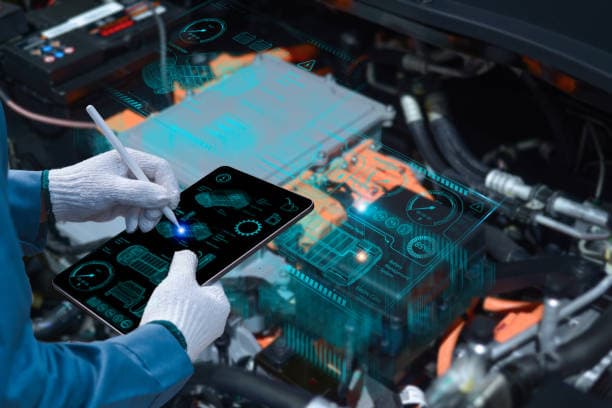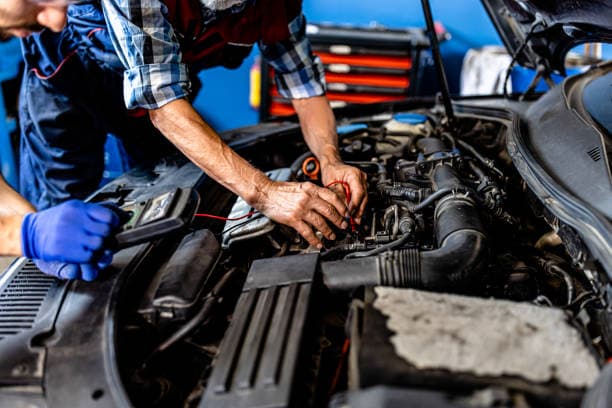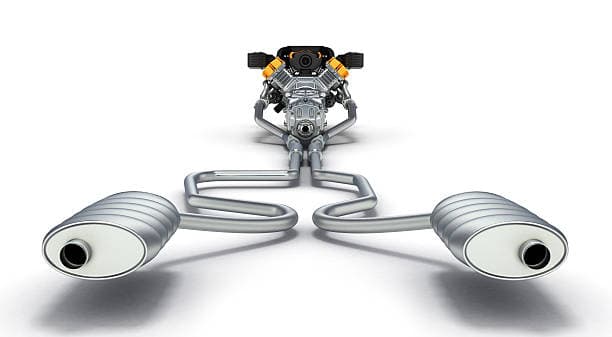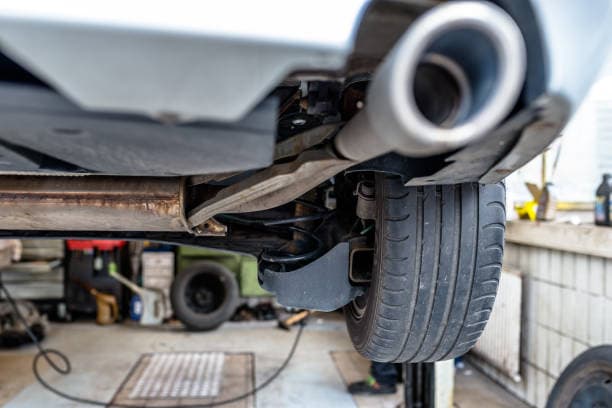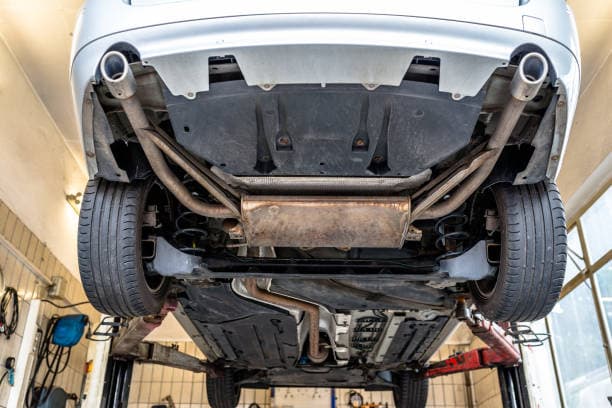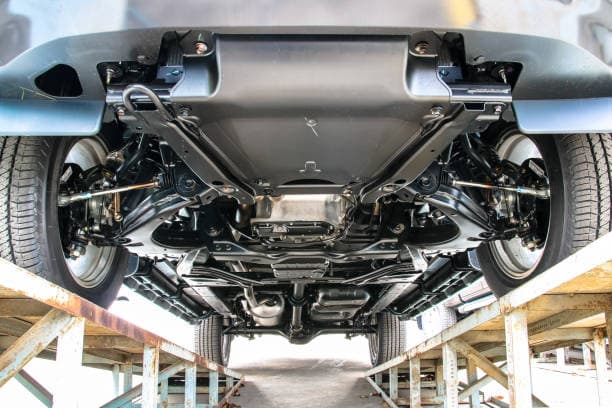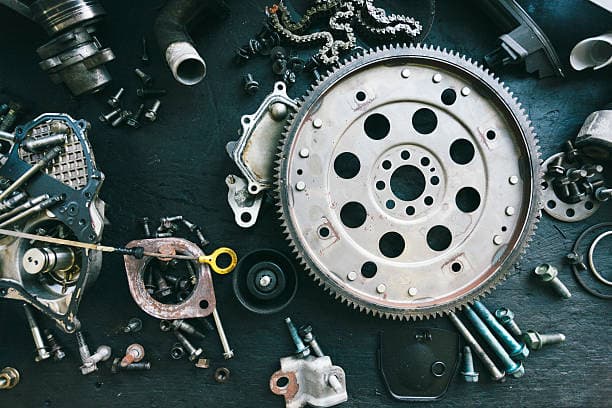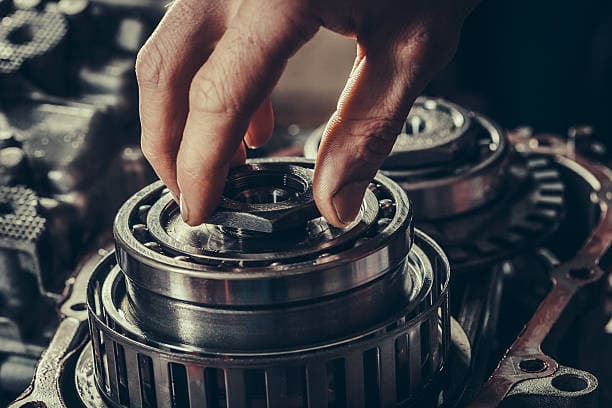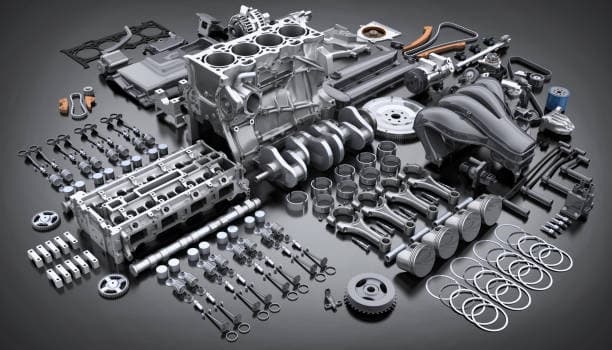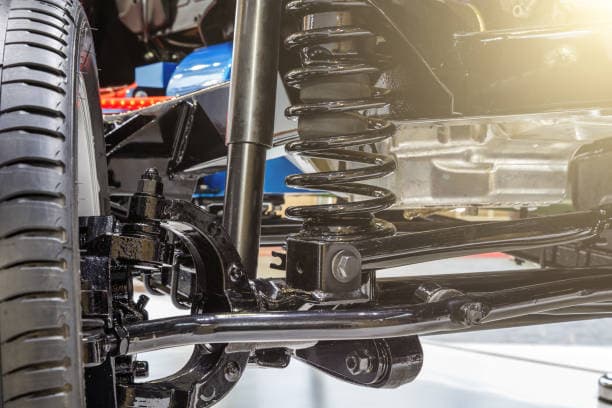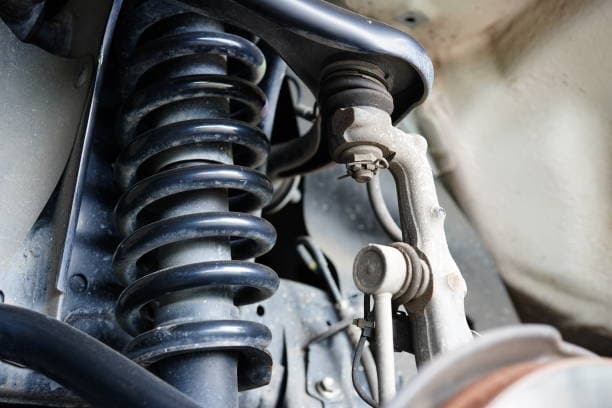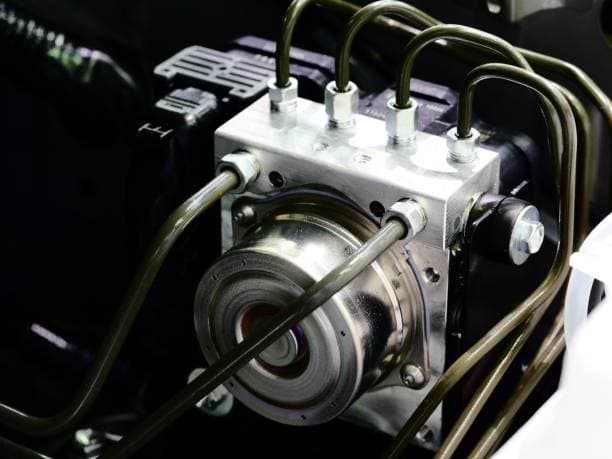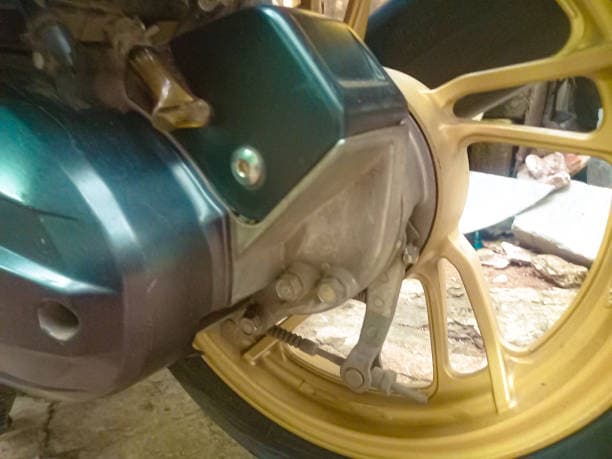The electrical system in a car is crucial for its operation, affecting everything from starting the engine to providing entertainment features. Understanding how these systems function can help car owners troubleshoot issues and appreciate the technology in their vehicles. This article will delve into the basics of car electrical systems, their key components, and the essential roles they play.
Understanding the Basics of Car Electrical Systems
Modern cars are complex machines where electrical systems govern a multitude of functions. While older vehicles had simpler electrical systems, today's cars have become increasingly dependent on electricity for numerous functionalities. The interplay of various electrical components ensures that the vehicle operates smoothly and efficiently.

The Role of Electricity in Modern Vehicles
Electricity powers nearly every part of a car, from starting the engine to powering the entertainment system. The ability to control various functions electronically allows for features like automatic windows, advanced navigation systems, and integrated safety mechanisms. Moreover, the rise of electric and hybrid vehicles has further emphasized the importance of electrical systems, as these vehicles rely almost entirely on electrical power for propulsion and operation.
This reliance on electricity also enables manufacturers to enhance vehicle performance, safety, and comfort. For instance, fuel injection systems use electrical signals to optimize engine performance, improving fuel efficiency and reducing emissions. Additionally, modern cars often feature advanced driver-assistance systems (ADAS) that utilize a combination of sensors and electrical components to provide functionalities such as adaptive cruise control, lane-keeping assistance, and collision avoidance systems, all of which significantly contribute to the overall driving experience.
The Evolution of Car Electrical Systems
Car electrical systems have evolved significantly over the decades. Early vehicles had rudimentary electrical systems mainly for lighting and starting the engine. As technology advanced, automotive electrical systems became more complex, integrating features like anti-lock brakes, traction control, and electronic stability control. The introduction of microcontrollers and sophisticated software has allowed for even greater integration and functionality, enabling features that were once thought to be purely futuristic.
Today, it's common to find cars equipped with sophisticated electrical systems that communicate through computer networks. These advancements have revolutionized the auto industry, making vehicles safer and more efficient than ever before. Furthermore, the increasing prevalence of electric vehicles has prompted a shift in design philosophy, where electrical systems are not just an accessory but the core of the vehicle's architecture. This shift has led to innovations such as regenerative braking systems, which convert kinetic energy back into electrical energy, enhancing efficiency and extending the range of electric vehicles.
Key Components of Car Electrical Systems
A car's electrical system is comprised of several key components, each serving a vital function. Understanding these parts will help car owners identify potential issues and appreciate the intricate design of modern vehicles.
The Battery: The Heart of the System
The battery is often referred to as the heart of the car's electrical system. It stores electrical energy and provides the initial power needed to start the engine. Additionally, it supplies energy to all electronic components when the engine is off.
In essence, the battery serves two main functions: starting the car and acting as a reservoir for electrical energy. Regular maintenance and timely replacement of the battery can prevent many electrical issues. It's important to monitor the battery's health, as factors like extreme temperatures and frequent short trips can affect its lifespan.
The Alternator: Powering the Electrical System
Once the engine is running, the alternator takes over, generating electricity to keep the battery charged and power all electrical components. It ensures that the electrical system functions effectively and efficiently during operation.
The alternator converts mechanical energy from the engine into electrical energy, which is vital for powering lights, radios, and other electronic accessories. Without a functioning alternator, the battery would quickly drain, leading to significant electrical failures.
The Starter Motor: Initiating the Engine
The starter motor is a specialized electric motor crucial for initiating the engine's combustion process. When the driver turns the ignition key, the battery provides power to the starter motor, which then engages the engine's flywheel, cranking the engine into motion.
Once the engine starts, the starter motor's role ceases, and it disengages. An efficient starter motor is essential for reliable engine starts, especially in colder climates where additional power may be required.
The Ignition System: Sparking Combustion
The ignition system is responsible for igniting the air-fuel mixture in the engine's cylinders. Composed of components like spark plugs, ignition coils, and the ignition switch, this system is vital for engine performance and efficiency.
When the ignition switch is turned on, the ignition coil generates a high-voltage current that is sent to the spark plugs. These plugs create an electrical spark that ignites the compressed air-fuel mixture, powering the engine.
The Lighting System: Ensuring Visibility
Visibility is critical for safe driving, which is why the lighting system is an essential component of car electrical systems. This system includes headlights, taillights, brake lights, and turn signals.
Each of these lights plays a specific role: headlights illuminate the road ahead; taillights ensure that vehicles behind can see the car; brake lights signal when the driver is decelerating, and turn signals indicate a change in direction.
The Entertainment System: Enhancing the Driving Experience
Modern vehicles often come equipped with sophisticated entertainment systems. These systems utilize electrical connections to power radios, Bluetooth, navigation systems, and more. They enhance the driving experience by providing entertainment and information while on the road.
Furthermore, many entertainment systems now integrate with smartphones, allowing drivers to access music, podcasts, and navigation apps easily.
The Role and Function of Fuses and Relays
Fuses and relays are essential components that protect and control the car's electrical system. Understanding their functions can aid in proper maintenance and troubleshooting of electrical issues.

Fuses: Protecting the Electrical System
Fuses are safety devices designed to protect electrical circuits from overcurrent, which can cause damage or fire. They disconnect the flow of electricity if the current exceeds a certain level, preventing potential damage to sensitive components.
Relays: Controlling the Electrical Flow
Relays are electromechanical switches used to control a circuit by opening and closing. They can manage large current loads using a small signal, making them essential for operating components like headlights, fuel pumps, and air conditioning systems.
Understanding Wiring and Connectors
Wiring and connectors form the backbone of a car's electrical system, facilitating the movement of electricity through various components. A solid understanding of these elements is crucial for maintaining an effective electrical system.
The Importance of Wiring in Electrical Systems
The wiring in a car is responsible for transporting electrical power from one component to another. Good quality, properly installed wiring ensures that electricity flows efficiently, minimizing energy loss and preventing potential failures.
Connectors: Bridging the Electrical Gap
Connectors are crucial for linking different wiring systems and components within a vehicle. They allow for easy disconnection and reconnection during maintenance and repairs.
In summary, a car's electrical system is a complex yet fascinating part of modern automotive design. By understanding its key components, roles, and functions, car owners can appreciate the technology that makes their vehicles operate smoothly and efficiently.
